The Surprising Link Between Physical Therapy and Urinary Incontinence
 Incontinence is an embarrassing condition that affects men, women and children of all ages. A common symptom is the loss of bladder control when coughing, sneezing, lifting and laughing.
Incontinence is an embarrassing condition that affects men, women and children of all ages. A common symptom is the loss of bladder control when coughing, sneezing, lifting and laughing.
Incontinence can be temporary or persistent. Temporary loss of bladder control is related to diet, alcohol, caffeine and prescription medications. Underlying medical conditions such as urinary tract infections and chronic constipation also play a role.
Persistent loss of bladder control may be related to pregnancy, age-related changes in the bladder, menopause and enlarged prostate. Disorders of the brain and spinal cord like stroke and Parkinson’s disease can also cause loss of bladder control.
This has vast social implications for patients, who turn to adult diapers, medications and even surgical interventions.
Getting Back the ‘Mind-Muscle’ Link
 Incontinence can be treated effectively with a variety of physical therapy techniques including, but not limited to:
Incontinence can be treated effectively with a variety of physical therapy techniques including, but not limited to:
Kegel Exercises – This involves controlled contractions of the pelvic floor muscles, using a hold and release pattern for a designated number of repetitions and sets. The frequency and intensity is gradually increased over time.
Clinical Pilates – These specialized exercises help strengthen the core and pelvic floor muscles.
Electrical Stimulation – The use of mild electrical currents to stimulate the pelvic floor muscles tends to mimic the ‘hold and relax’ pattern of Kegel exercises.
Biofeedback – A technique used to build the ‘mind-body’ connection between the brain and the muscles of the pelvic floor. This helps patients identify, contract and control specific muscles surrounding the urinary tract.
Your physical therapist may use a combination of techniques, and may design a home exercise program to help you achieve results as quickly as possible.
Regaining Control of your Life
 Incontinence can take an emotional toll on a patient. Social implications include feeling of guilt, shame, and depression in some cases. Family members and physical therapists must work together to support and help the patient prepare for ‘accidents’ by planning ahead prior to outdoor activities.
Incontinence can take an emotional toll on a patient. Social implications include feeling of guilt, shame, and depression in some cases. Family members and physical therapists must work together to support and help the patient prepare for ‘accidents’ by planning ahead prior to outdoor activities.
Incontinence is more prevalent than most people realize. It can be treated with a combination of traditional medicine and physical therapy. Mental health counseling may be required in some cases.
Physical therapy, in particular, plays an important role in the strengthening and retraining of the pelvic floor muscles. Therapy can also strengthen the lower back and realign posture to dramatically improve the quality of life.
If you or someone you know is suffering from incontinence, schedule a consult with us. Physical therapy will help you regain control of your life in more ways than one.
